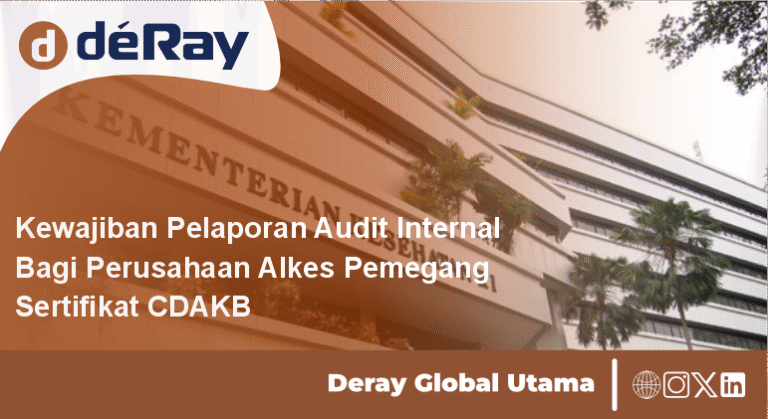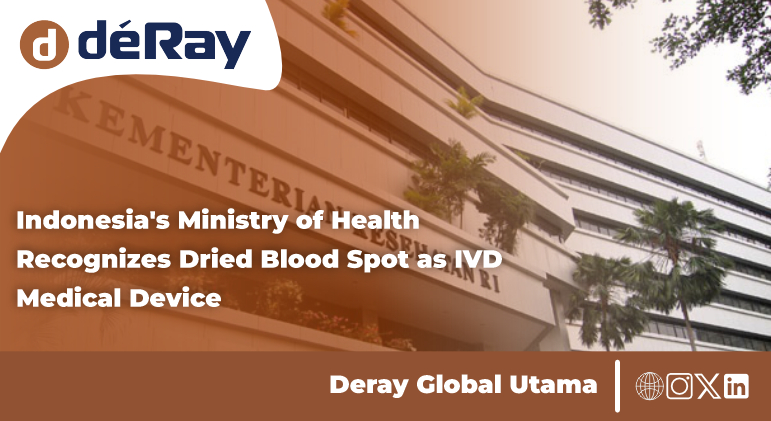- Home
- About Us
- Products & Services
- Our Services
- License Representative
- Product Registration
- Medical Device Company Establishment Service
- Renewal and License Amendment
- Miscellaneous Certificates
- Post-Marketing Surveillance
- E- Catalogue
- Medical Device Trademark Management
- GDPMD (Good Distribution Practice for Medical Device)
- Regulatory Intelligence
- research material products
- Our Services
- Articel
- Asia Regulatory Information
- Our Clients
- Gallery
- Contact US

e-Monitoring Post Market Surveillance of Medical Devices and Household Products
The Directorate for Production and Distribution of Medical Devices has developed an e-Monitoring System for Post Market Surveillance of medical devices and household products, moving away from the previous manual reporting system where companies submitted reports via post to the Ministry of Health. This new e-Monitoring system is designed for central and regional officers, businesses involved in the production and distribution of medical devices and household appliances, as well as the community, to oversee medical equipment and household goods more effectively. Numerous instances of medical devices and household products failing to meet safety standards have been identified, highlighting the need for this system. The primary objectives of e-Monitoring are to facilitate reporting on production and distribution, enhance Post Market Surveillance, and create an integrated reporting system. Additionally, it is expected to improve the detection of user complaints and the reporting of Unwanted Events (KTD).
What is e-Monitoring?
e-Monitoring Post Market Surveillance is an application-based system developed to streamline public services in reporting production outcomes by medical device manufacturers and household product distributors. It also facilitates the electronic reporting of distribution results.
What is Post Market Surveillance?
Post Market Surveillance encompasses proactive activities undertaken to assess the quality, safety, and performance of medical devices during circulation. This process includes a conformity assessment against initial registration records, conducted regularly by the government in collaboration with producers. Activities involve monitoring production facilities, auditing quality systems, and sampling products available in the market.
Vigilance
Vigilance refers to actions taken to address incidents occurring in healthcare facilities and the community due to the use of medical devices or household products, which may result in injury or death. Vigilance initiatives are activated upon receipt of KTD reports.
To prevent recurrence of similar incidents, Corrective Action and Preventive Action (CAPA) measures are implemented, which may involve evaluating KTDs, modifying medical devices, and taking reactive actions in accordance with government regulations.
What is KTD?
Unwanted Event (KTD) refers to incidents related to the use of medical equipment that can lead to unexpected or unintended injuries, whether minor or serious. Manufacturers are mandated to report any adverse events requiring follow-up to the Ministry of Health.
Reporting Mechanism
The e-Monitoring system features various warning mechanisms that facilitate both mandatory and voluntary reporting. Mandatory reporting includes production reports, distribution reports, and KTD reports, while voluntary reporting pertains to the use of medical devices in healthcare services, regardless of direct relation.
Within the e-Monitoring Post Market Surveillance system, there are distinct types of reporting: Medical Device Production Reporting, KTD Reporting, and Medical Device Distribution Reporting. Production and distribution reports fall under routine reporting, whereas KTD reporting can be submitted by users/consumers to the designated recipients, namely the Directorate of Production and Distribution of Medical Devices and manufacturers. Manufacturers receive all reports, while the Directorate only accepts those that meet criteria for reporting as KTD.
Every six months, manufacturers and distributors of medical devices must report their production and distribution activities to the Director General of Pharmaceutical Development and Medical Devices, with copies sent to the Heads of Provincial and Regency Health Offices. KTD reporting is compulsory for Medical Device Manufacturers, Medical Device Distributors, and the community, with the Ministry of Health responsible for disseminating insights and issuing warnings through regular newsletters and annual reports.
KTD Reporting Criteria
There are specific criteria for KTD reporting, distinguishing between mandatory and non-mandatory reports. Mandatory KTD criteria include events leading to injury or suspicion of harm caused by medical devices, serious adverse events such as patient death or significant health deterioration. Non-mandatory reports might include equipment shortages prior to use or issues arising from a patient’s condition.
KTD Reporting Period
KTD reporting is categorized for both companies and the community. Companies must utilize the online Post Market Surveillance e-Monitoring system for reporting.
For companies, the KTD reporting timeline is categorized as follows:
- 48 Hours: For events posing serious injury risks with mass impact.
- 30 Days: For events that may lead to death or serious health conditions.
- 10 Days: For events potentially resulting in serious health complications.
Reporting initiates with the manufacturer’s investigation following the submission of schedule information to the Ministry of Health. The Director of Medical Device Development will then determine actions such as withdrawal from circulation, repairs, or monitoring of medical device facilities.
For public/community reports, the Ministry of Health receives direct submissions. The public is encouraged to report KTD incidents promptly using forms available through the e-Monitoring system.
System Modules
The electronic reporting system comprises six primary modules:
- Frontpage Module: Contains introductory information and a login column for accessing the reporting system.
- Producer Registration Module: Mandatory for producers/distributors, connected to the registration system for updating company profiles.
- Information Module: Houses key information such as user profiles, news, and charts.
- Production Module: Collects data on stock and distribution, linked to the registration database.
- Expenditure Module: Records stock before distribution, connected to the old and new registration databases.
- KTD Module: Allows public and community services to report adverse events, requiring verification for public access.
Report Handling
The Ministry of Health conducts investigations upon receiving reports. The results will inform follow-up actions regarding incident trends. While some report information may be publicly accessible, patient data will remain confidential.
Process Overview
The Directorate of Production and Distribution of Medical Devices manages reports from manufacturers, distributors, and stakeholders. Production reports are compiled and sorted based on KTD causes. High-risk products receive prioritized analysis and evaluation. If a case suggests potential for serious harm or public health threats, the expert team will review and recommend further actions to the Directorate.
Field Safety Corrective Action (FSCA)
FSCA includes actions taken to mitigate safety risks, such as recalls, destruction, or risk reduction measures, even for devices no longer in production. Reporting must provide complete and relevant information regarding the incidents.
Actions under FSCA may include evaluating reported adverse events, modifying devices, issuing public warnings, or implementing measures to prevent recurrence of similar issues.
Follow-Up Procedures
Follow-up actions involve evaluating supervision reports, determining necessary follow-up measures, and assessing the nature and urgency of responses, ranging from warnings to product withdrawals or potential criminal sanctions.
Artikel Lainnya
-

Obligation to Submit Internal Audit Reports for Medical Device Companies Holding GDPMD Certificates
-

Udpate List of Medical Device and PKRT Testing Laboratory Network Accredited by SNI ISO/IEC 17025:2017
-

Indonesia's Ministry of Health Recognizes Dried Blood Spot as IVD Medical Device
-

GDPMD and Impact on Medical Device Registration in Indonesia
-

Transition from Waarmerking to Notarial Deed: New Agreement Validation for PJT and Companies in Medical Device Distribution
Our Services
- License Representative
- Product Registration
- Medical Device Company Establishment Service
- Renewal and License Amendment
- Miscellaneous Certificates
- Post-Marketing Surveillance
- E- Catalogue
- Medical Device Trademark Management
- GDPMD (Good Distribution Practice for Medical Device)
- Regulatory Intelligence
- IDAK (Izin Distributor Alat Kesehatan)